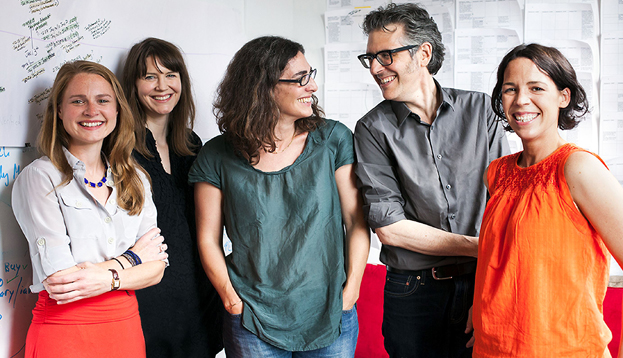With the overwhelming success of Serial, and new studies suggesting a steady rise in popularity, there is talk about the possibility of podcasts becoming the next big medium for advertisers.
Numbers were released in November revealing that the podcast Serial was the fastest podcast to reach 5 million downloads in iTunes history – not including downloads from other websites and radio broadcasts.
If that wasn’t enough to reflect a growth in popularity, Edison released a research study soon after that found that over 39 million Americans listened to a podcast in the last month – an all time high.
According to a statement provided by The News Hub, half of all podcast listeners are age 12-34. More so, four in 10 podcast listeners have a household income of at least $75,000 – meaning most listeners are rather affluent. These demographics are more likely than the average American to have consumed media in a non-traditional way (i.e. watching via computer, cell phone or tablet) and are more likely to be social media users (78 percent compared to 56 percent of the U.S. population).
Considering these numbers, it would seem advantageous for advertisers to look toward podcasts as a new, and possibly high-grossing medium, especially while it’s still in its adolescent stage.
This being said, direct-response marketers have been aware of the power of podcasts for quite some time. According to AdAge, podcast advertising companies such as Midroll Media (a podcast advertising network) first attracted the interest of direct-response brands like Stamps.com and Warby Parker several years ago.
However, direct-response success is just part of the equation when it comes to podcasts. The medium has only just recently gained mainstream attention and, after many years of steady growth, podcasting is finally able to offer opportunities at scale to advertisers.
The powerful thing about a podcast is that listeners are able to find their “niche” to consume relevant, targeted content (via BusinessDayLive), no matter how bizarre or popular- there is a show tailored for just about any interest out there. Advertisers can hone in on these niches, allowing for better targeting and more effective advertising.
All in all, if brands are sitting back and weighing their options, hesitating to jump in on the action, they should really analyze the opportunities for non-radio media (other than being an additional platform for advertising, and sponsorship). First off, this new environment genuinely allows advertisers to create an audio product that can attract significant audience and revenue at a low cost – which spells out further competition with radio. The only challenge is the ability to produce compelling audio in media companies with no audio tradition. Additionally, these podcasts can act as an opportunity to explore an endless number of these said niche shows.
Podcasts no longer consist of the stereotypical lonely guy in his basement ranting about the world; they have become a mainstream form of media that could become a valuable option for advertisers eager to get a head start on the next big thing.

